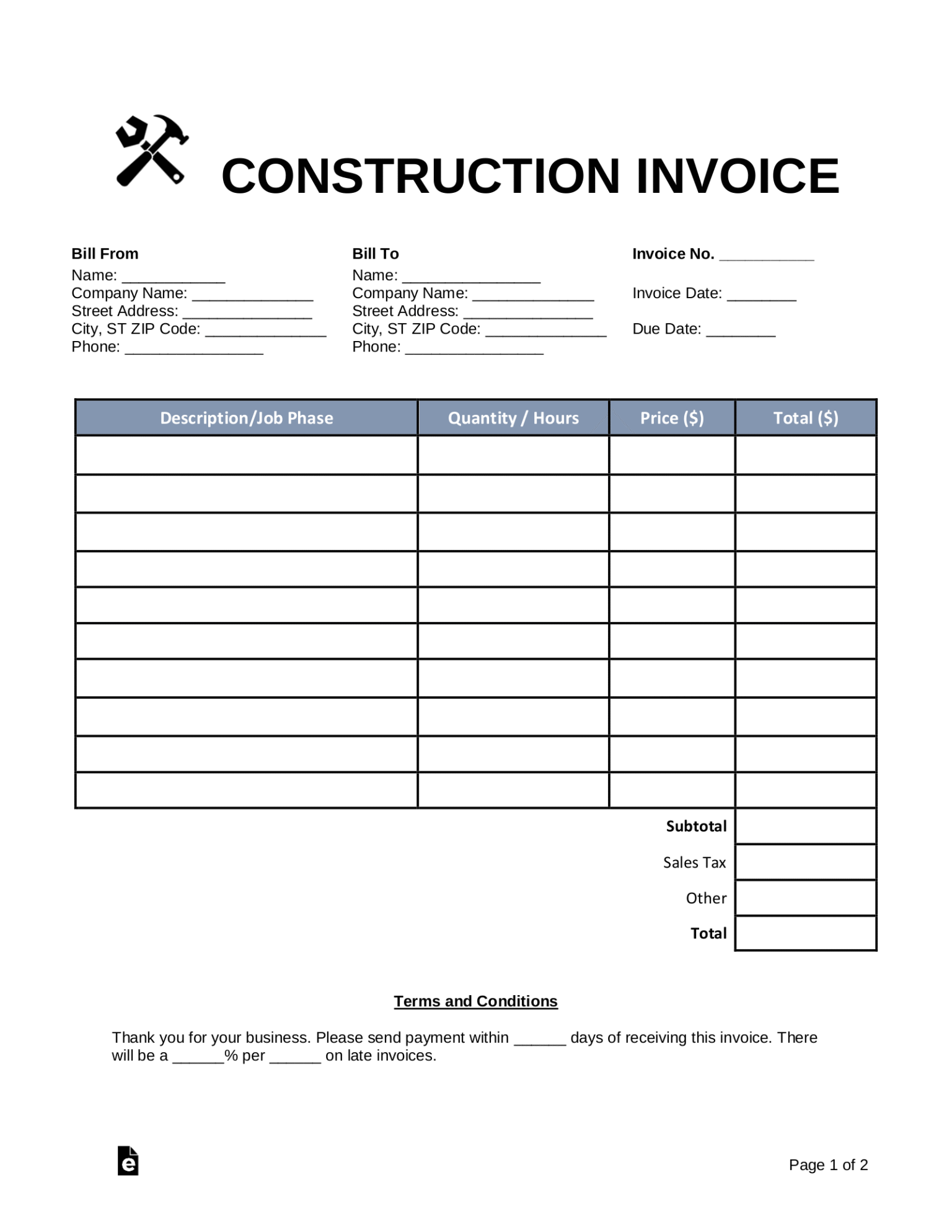For independent contractors, sending a clear and professional invoice is more than just a billing task it’s a reflection of your reliability and brand. A well-designed invoice not only ensures you get paid on time but also communicates trust and transparency to your clients. Whether you’re a freelancer, consultant, or small business owner, understanding how to create a professional contractor invoice can save you time and improve your cash flow.
Why Contractor Invoices Matter
Invoices are more than just payment requests. They serve as official records of your work, outlining the services provided, hours worked, and payment terms. A detailed invoice helps avoid confusion or disputes, providing both you and your clients with clear documentation for accounting and tax purposes.
For contractors who manage multiple clients or projects, a structured invoicing process brings consistency and professionalism to every transaction. It also reduces the risk of late payments, as clients can easily understand the breakdown of charges and deadlines.
Essential Elements of a Contractor Invoice
To create a professional invoice that clients trust, make sure you include all key details. Every contractor invoice should feature:
- Your business details:Name, logo, address, email, and phone number.
- Client information:The client’s name or company, contact information, and billing address.
- Invoice number:A unique identifier that helps you and your client track payments.
- Date and payment terms:The issue date and the payment due date.
- Description of services:A clear breakdown of the tasks completed, hours worked, or materials used.
- Total amount due:Include taxes, discounts, and payment methods accepted.
- Notes or comments:Add a thank-you message or any special instructions.
Including these elements ensures that your invoice looks complete, credible, and easy for clients to process.
Choosing the Right Format for Your Invoice
The format of your invoice depends on your industry, service type, and personal preference. Some contractors use Microsoft Word or Excel templates, while others prefer professional online invoice generators. PDF invoices are the most common because they maintain consistent formatting and can’t be easily altered.
If you’re working with international clients, make sure your invoice includes currency information and, if applicable, tax identification numbers such as VAT or GST.
Simplify the Process with Free Templates
Creating invoices from scratch every time can be time-consuming and unnecessary. The easiest and most efficient way to streamline your invoicing process is to use a pre-designed invoice template.
Independent contractors often spend too much time creating invoices manually, which can lead to errors or inconsistent layouts. A smarter approach is to use a ready-made invoice template that’s easy to customize for each project. With Invoice Fly, freelancers and small business owners can quickly generate professional invoices, adjust fields for client details or payment terms, and download them in clean, printable formats. This saves valuable time, ensures accuracy, and helps contractors present a polished, trustworthy image to their clients.
Using free invoice templates from trusted platforms like Invoice Fly also ensures that your documents follow standard invoicing practices, which can help improve communication with clients and streamline bookkeeping.
Customizing Your Invoice Template
Once you’ve downloaded a template, personalize it to fit your brand. You can:
- Add your business logoand brand colors for a consistent look.
- Customize the service descriptionsto reflect your work style or pricing structure.
- Include automated payment linksif you use digital payment tools.
- Save the template for future projects to maintain consistency.
The goal is to make your invoice uniquely yours — while keeping it clear and professional.
Common Mistakes to Avoid
Even experienced contractors make simple invoicing mistakes that delay payments. Here are a few to watch out for:
- Forgetting to include due dates or payment terms.
- Using unclear service descriptions that confuse clients.
- Failing to send reminders for overdue payments.
- Overlooking taxes or additional fees.
A professional invoice template helps eliminate these issues by guiding you through every essential section.
Tips for Faster Payments
Timely payments are crucial for maintaining steady cash flow. To encourage faster payments:
- Send your invoices promptly after completing the work.
- Offer multiple payment methods, such as bank transfer, PayPal, or credit card.
- Politely follow up with clients before the due date.
When your invoices look organized and professional, clients are more likely to pay on time.
Build Credibility Through Professional Tools
In today’s competitive freelance market, presentation matters. Using professional invoicing tools and templates not only saves time but also strengthens your credibility. Clients will notice the effort you put into maintaining clarity and professionalism in your billing documents.
Platforms like Invoice Fly help contractors, freelancers, and small businesses maintain that high standard without extra cost. Their free invoice templates are designed to simplify the entire process from drafting to delivery.
Final Thoughts
Creating a professional contractor invoice doesn’t have to be complicated. By using a reliable invoice template, you can simplify the process, reduce errors, and ensure your documents always look polished. A small investment in organization and presentation can make a big difference in how clients perceive your business and how quickly you get paid.
















